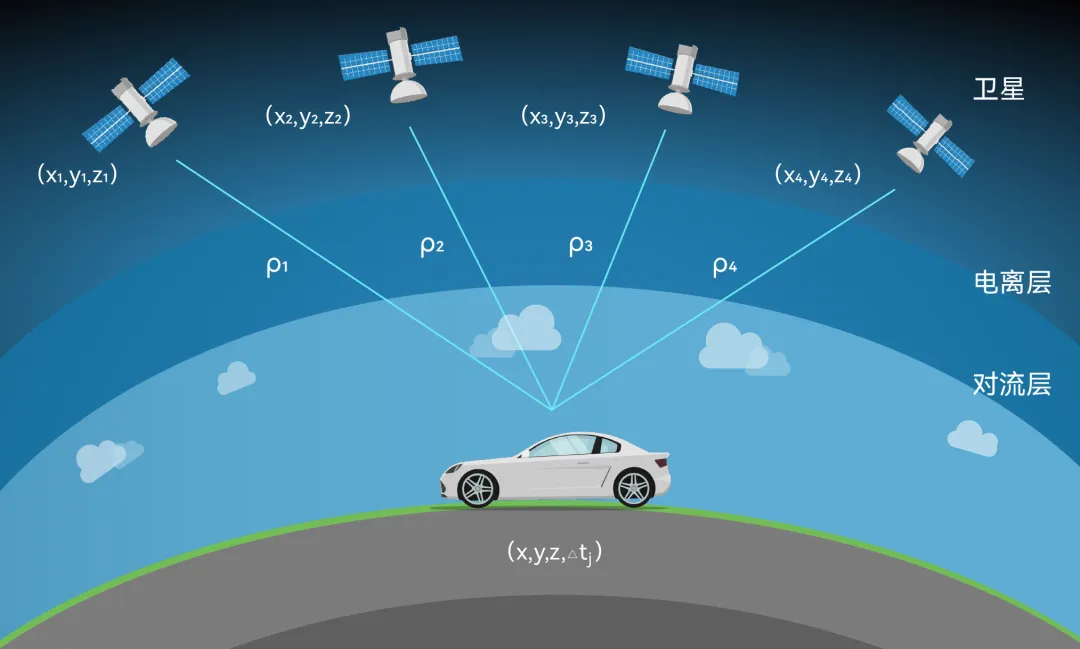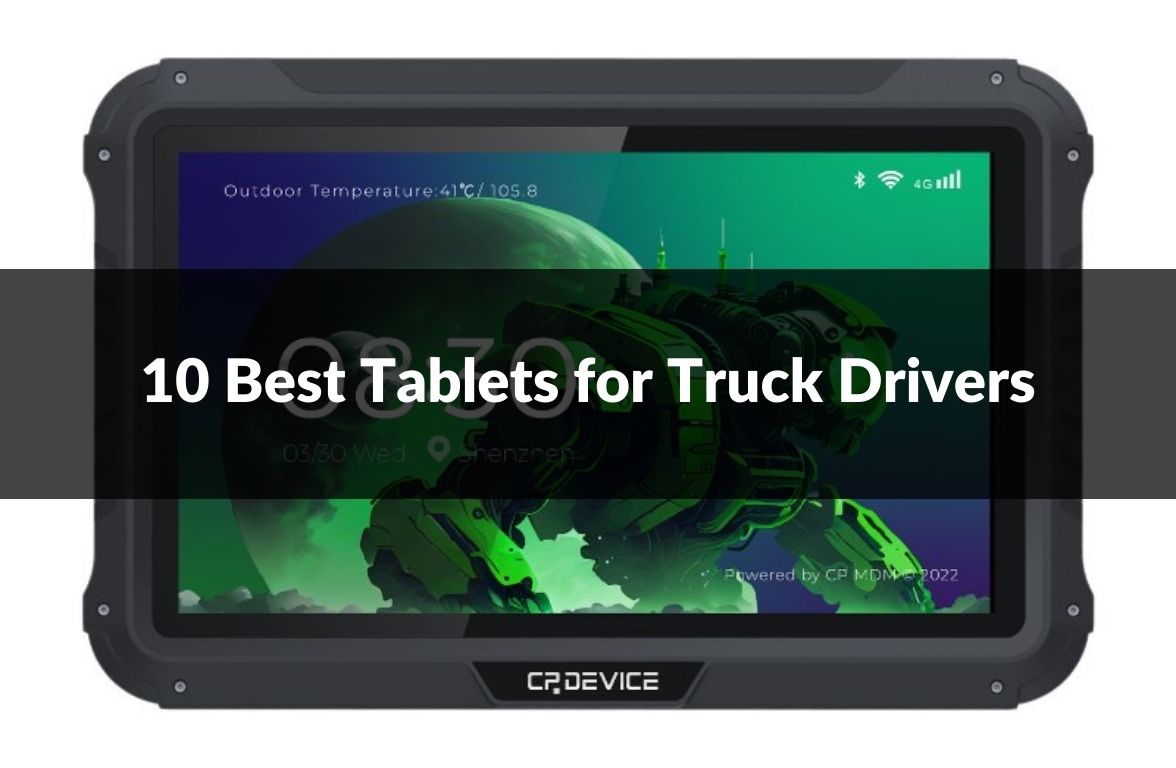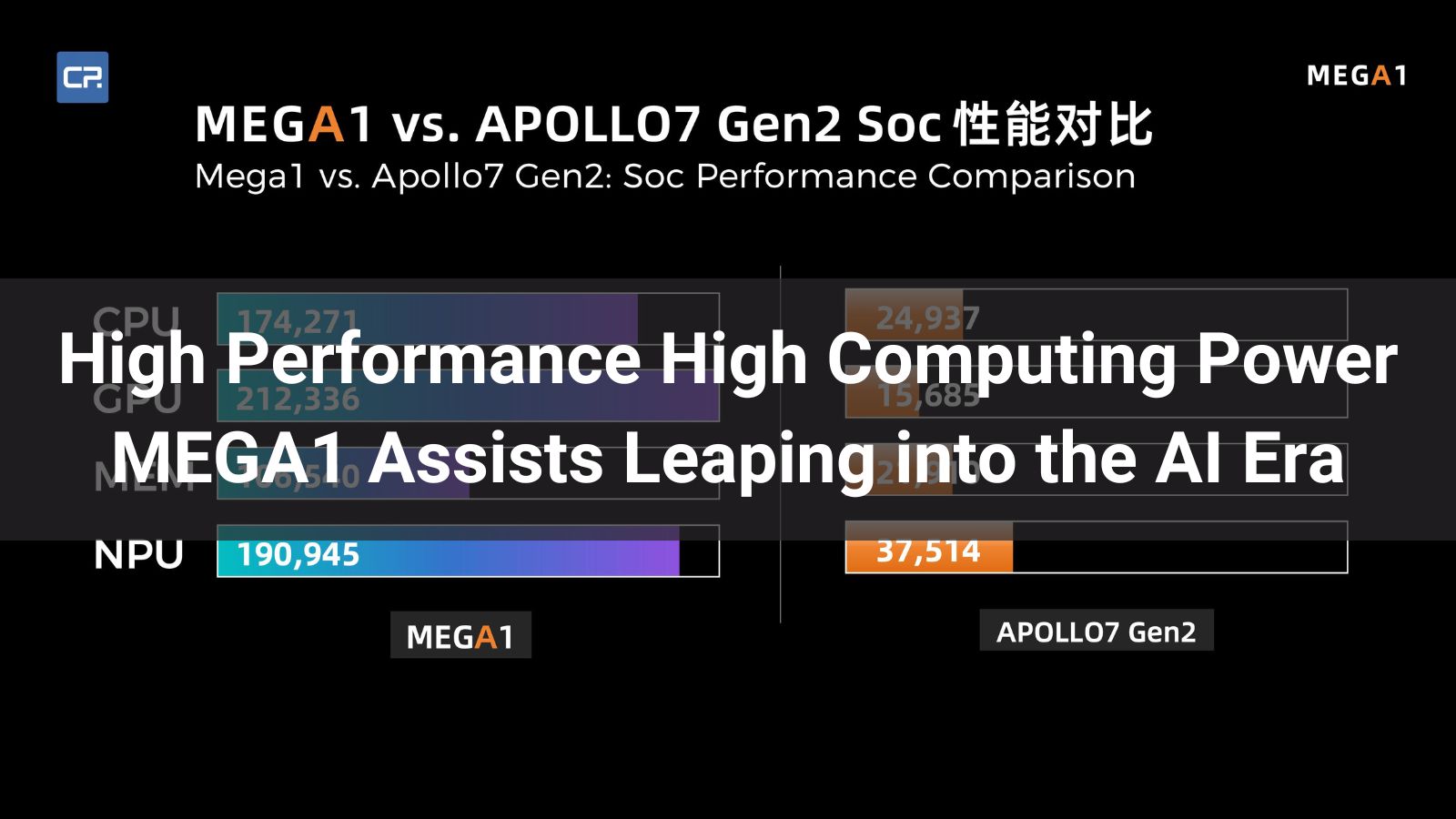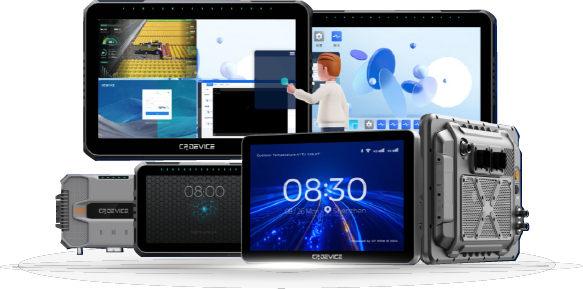
These accidents once again remind us of the high risk of mining work. How to improve mine safety and reduce accidents is an urgent problem to be solved. As an advanced technical means, the Global Navigation Satellite System (GNSS) is gradually being applied to mines to improve safety and production efficiency.
The Global Navigation Satellite System (GNSS) is a system that uses satellite signals for global positioning. It consists of multiple satellite constellations. Through the signals transmitted by these satellites, ground receiving equipment can calculate its accurate position, speed and time information. At present, the GNSS systems widely used in the world include the United States' GPS, Russia's GLONASS, the European Union's Galileo and China's BeiDou.

Working principle of GNSS:
Satellite signal transmission: GNSS satellites orbit the earth according to a predetermined orbit and continuously send signals to the ground. These signals include the satellite's position, time and other necessary data information.
Signal reception and calculation: The ground GNSS receiving device receives signals from at least four satellites, and calculates the position of the receiving device by comparing the difference in signal arrival time using triangulation.

Data correction: Due to the interference of factors such as the atmosphere and ionosphere on the signal, the GNSS system also needs to perform error correction, usually with the assistance of ground stations to improve positioning accuracy.
Through this series of processes, the GNSS system can provide users with high-precision positioning, navigation and timing services.
The mining environment is complex and often accompanied by high-risk and high-risk operations. Ensuring the safety of workers and improving work efficiency are the top priorities. As a precise and real-time positioning technology, GNSS has the following important significance:

Congping Technology is committed to providing high-performance vehicle-mounted tablets. These devices are not only rugged and durable, but also integrate global navigation satellite system (GNSS) functions, which can achieve centimeter-level high-precision positioning. Below, we will introduce in detail how Congping's vehicle-mounted tablet uses ground-based augmentation networks and digital radio stations to achieve GNSS high-precision positioning.
High-precision positioning principle based on ground-based augmentation networks
Ground-based augmentation networks (RTK, Real-Time Kinematic) are a technology that improves GNSS positioning accuracy by setting up ground base stations. It provides high-precision positioning by processing signals from multiple GNSS satellites in real time and using known position data obtained by base stations for differential correction.
Working principle:
High-precision positioning principle based on digital radio
Digital radio is another technology used to improve GNSS positioning accuracy. It transmits positioning correction information by establishing a dedicated data transmission channel. This technology is usually used in conjunction with the ground-based augmentation network to further improve positioning accuracy and reliability.
Working principle:
The three-proof tablet computer of Congping Technology provides personnel and equipment in the mine with a positioning accuracy of up to centimeters by adopting the high-precision positioning principle of the ground-based augmentation network and the digital radio. The application of this technology has significantly improved the safety management level and production efficiency of the mine, and injected strong technical support for the intelligent and modern development of the mining industry. With the continuous advancement of GNSS technology, Congping Technology will continue to play an important role in the safety and efficient production of the mining industry!
















*We respect your confidentiality and all information are protected.

Whether you are looking for a rugged device that can handle extreme cold or heat, a compact device that can fit in tight spaces, or a versatile device that can support multiple applications and accessories, you will find the right solution among these top 10 vehicle mounted computer manufacturers.

In this post, we’ll examine the technology itself and see how it is being deployed far beyond traditional passenger cars into the most demanding professional environments.

These numerous practical communication modes provide comprehensive, multi-dimensional pathways for various operational needs, destined to become a crucial part of ultimately achieving intelligent transformation for traditional operations.
